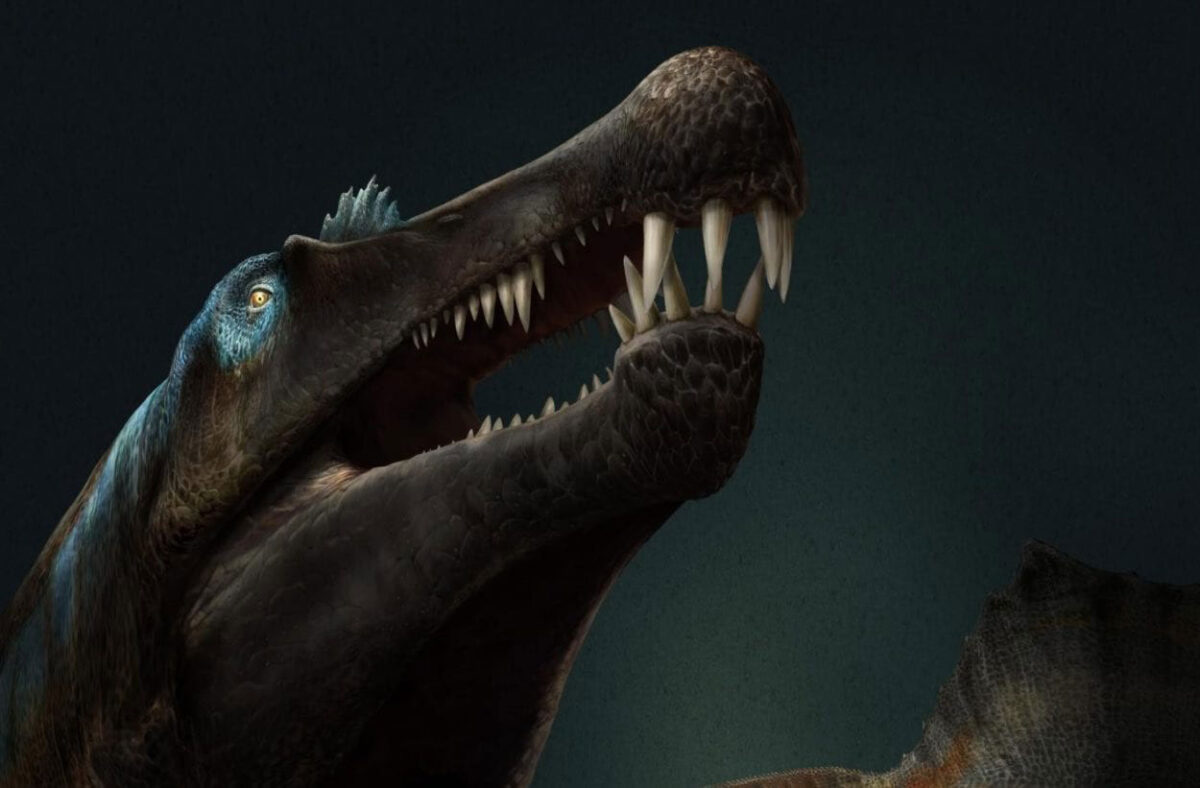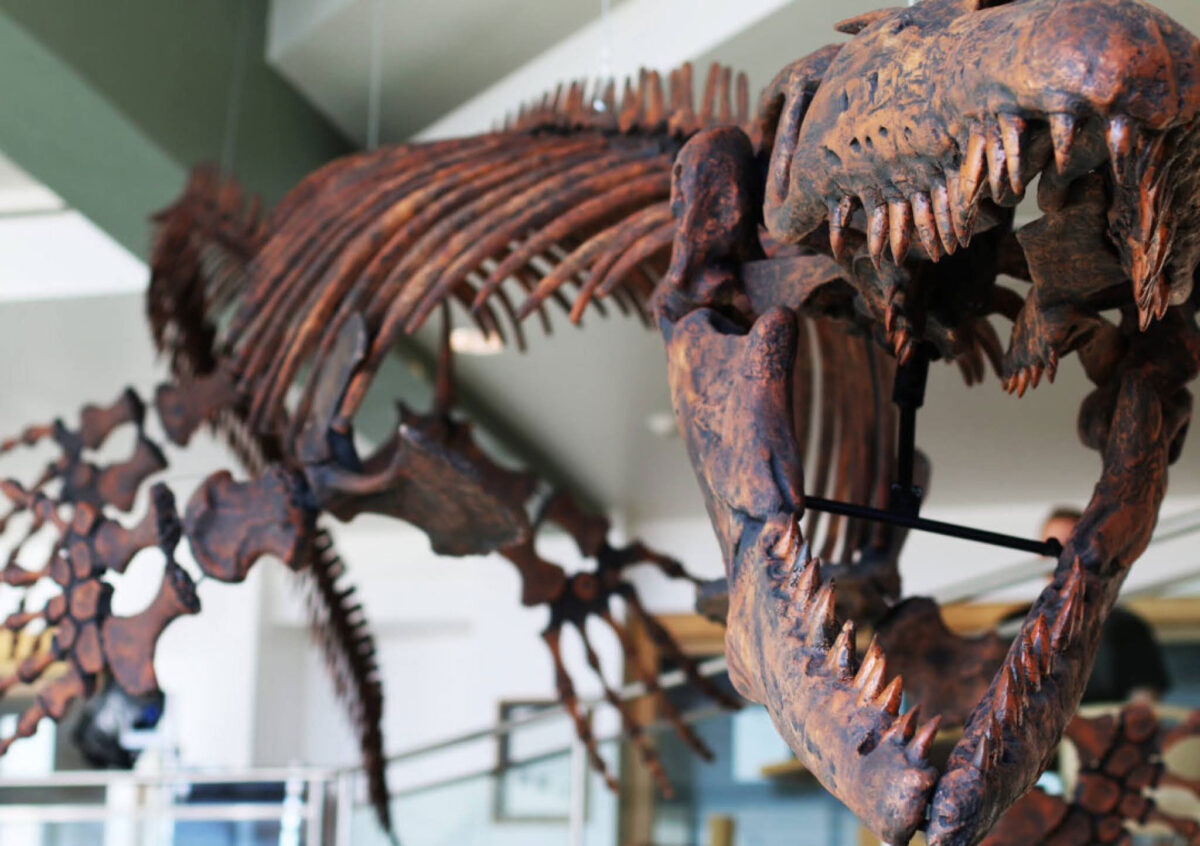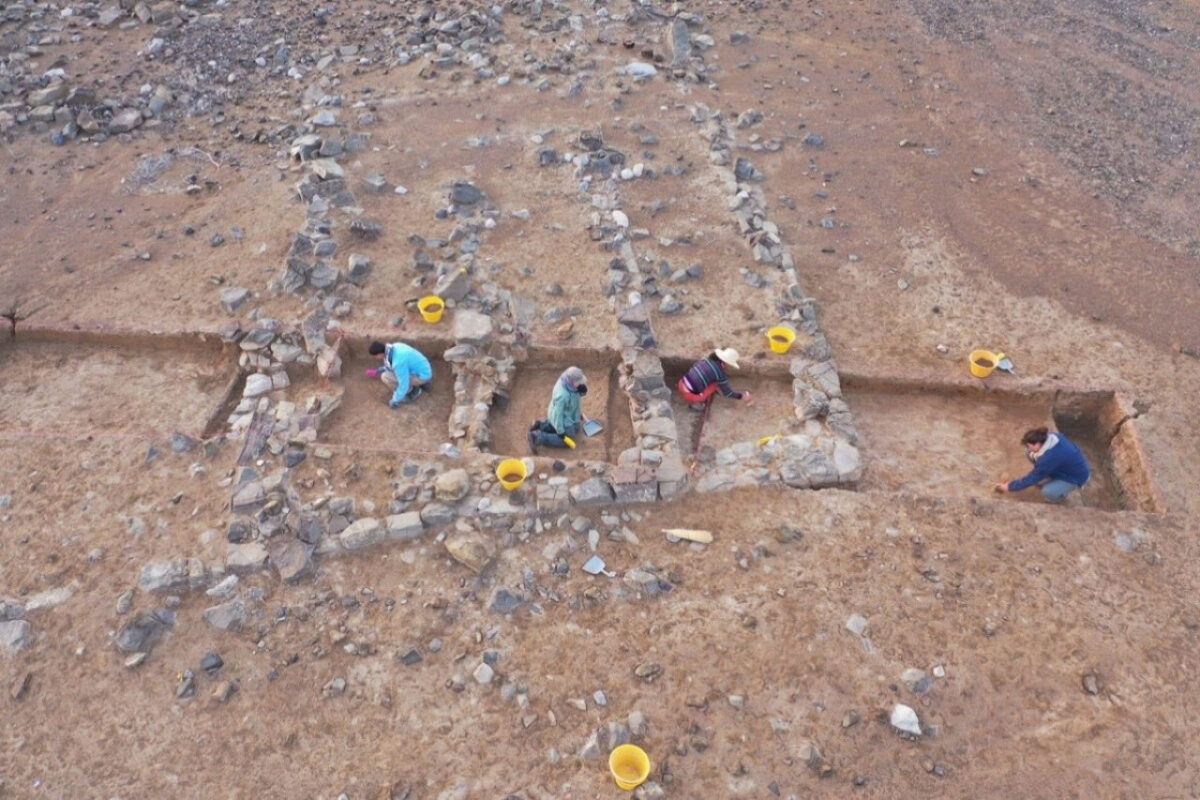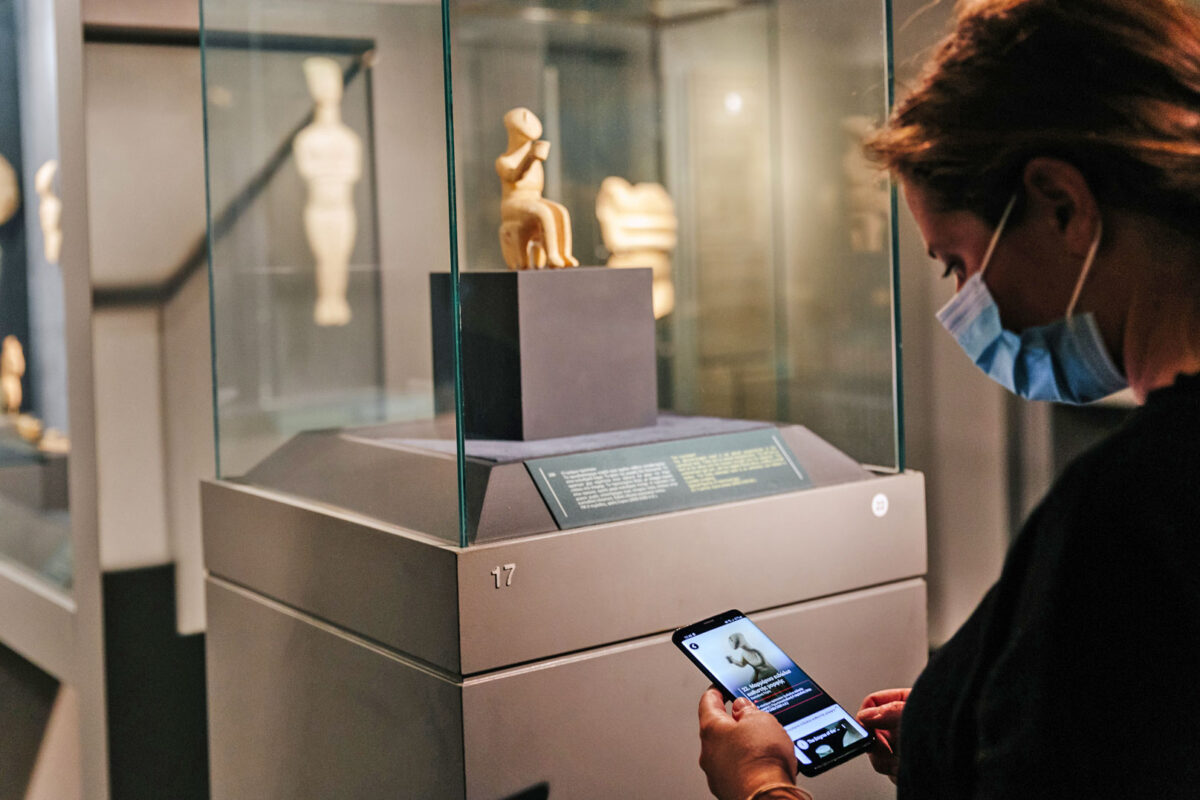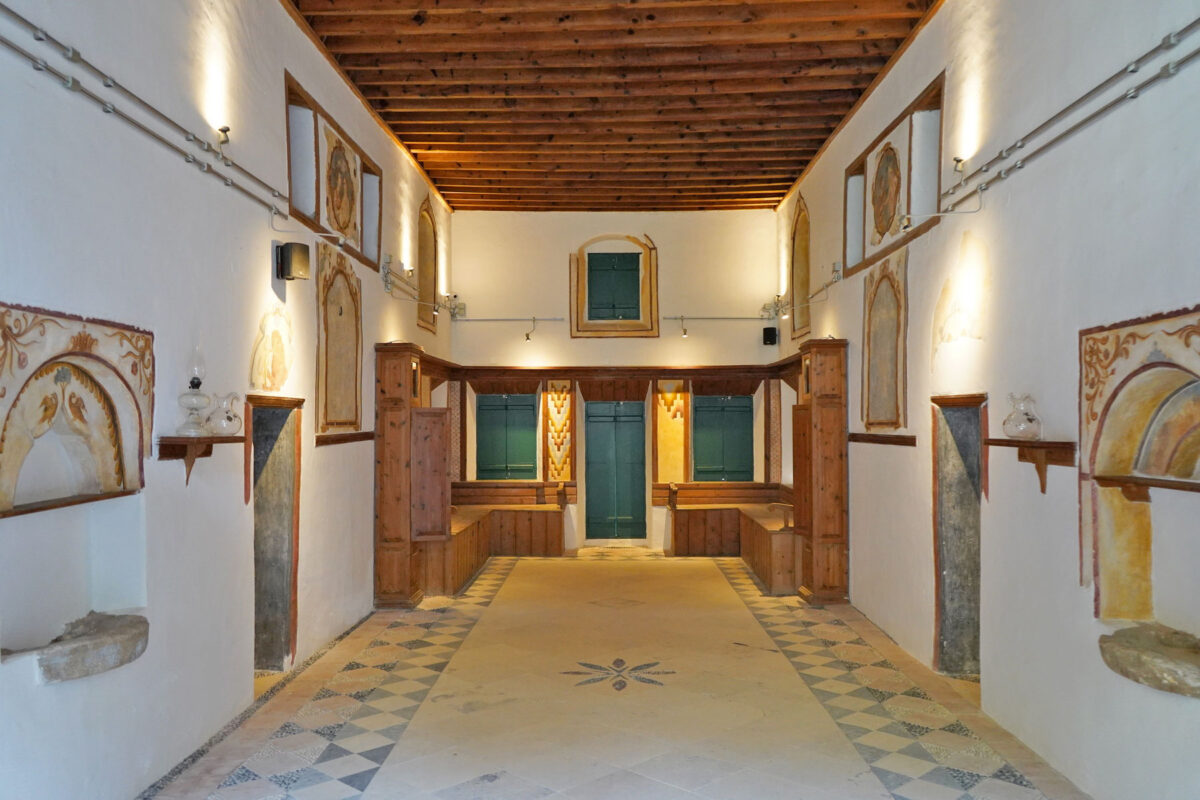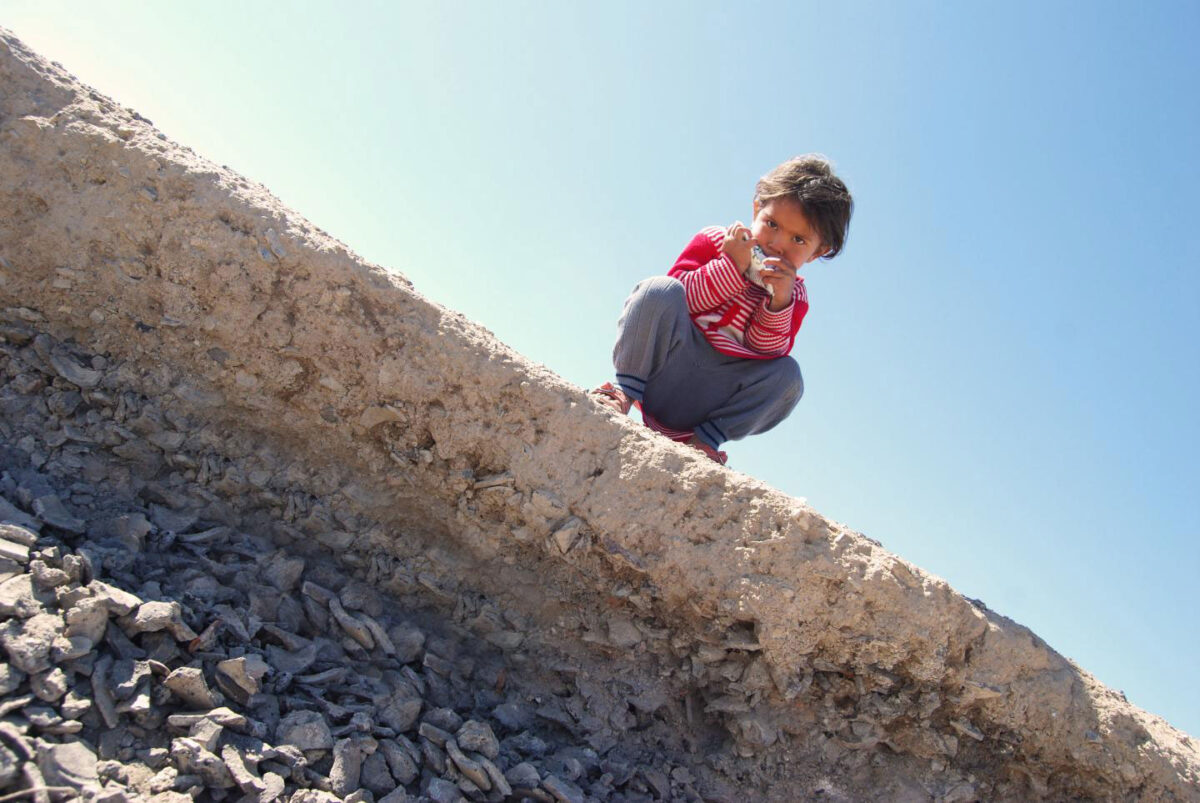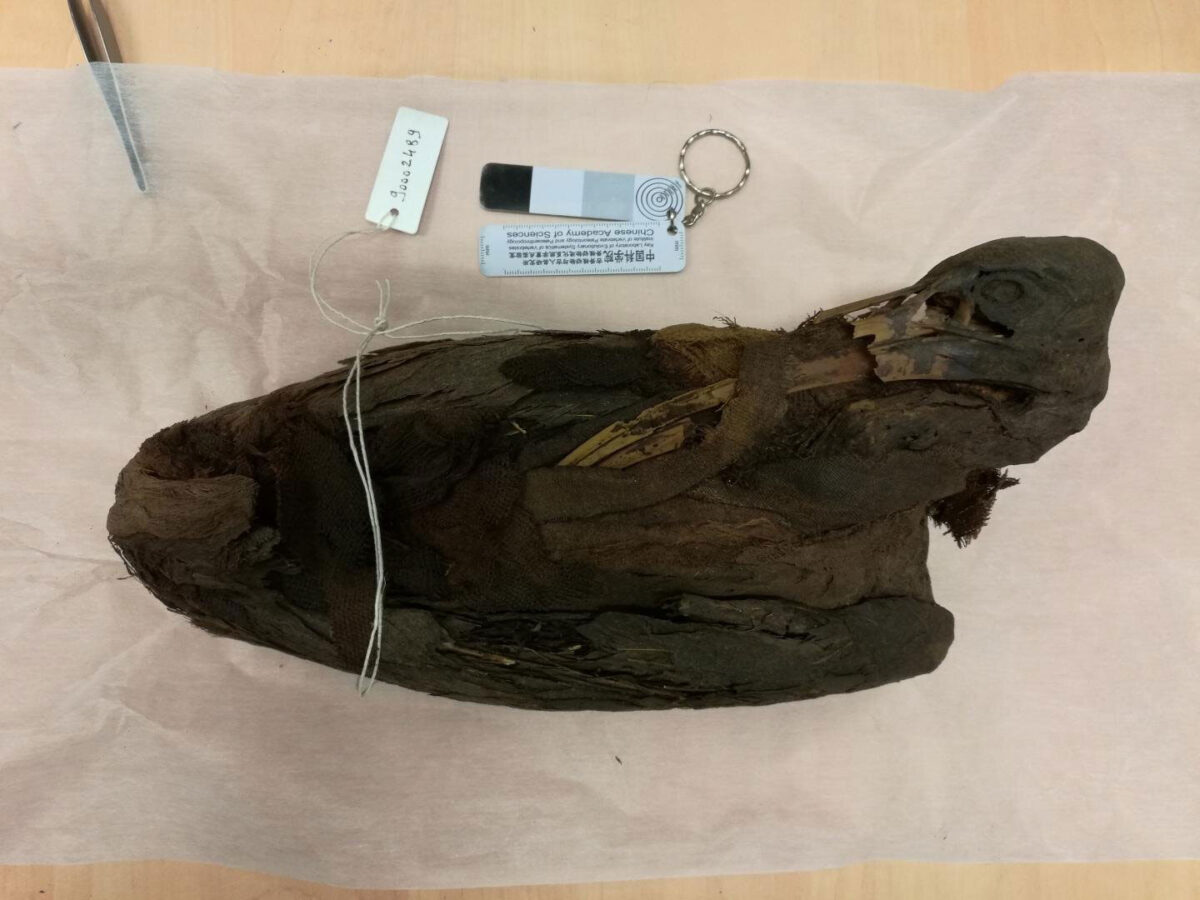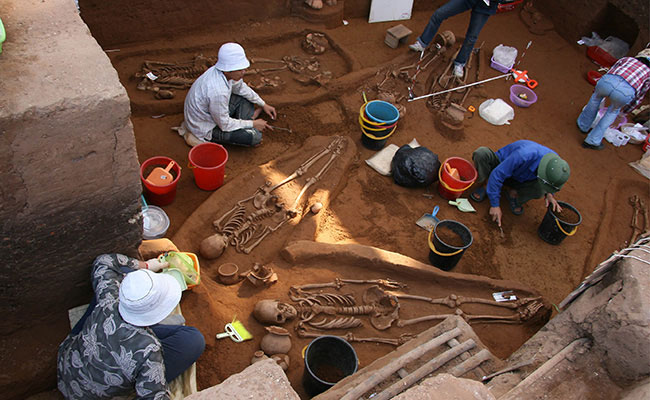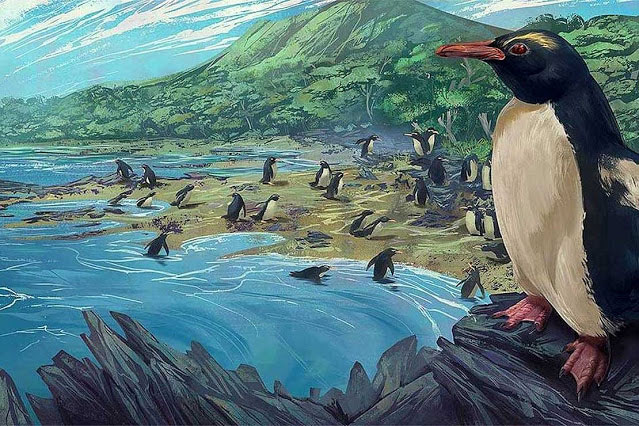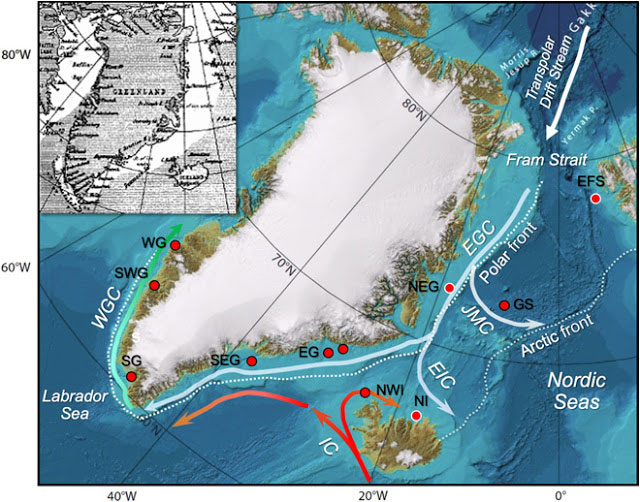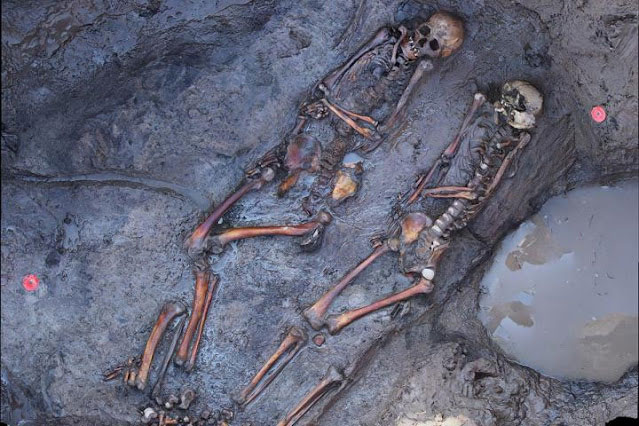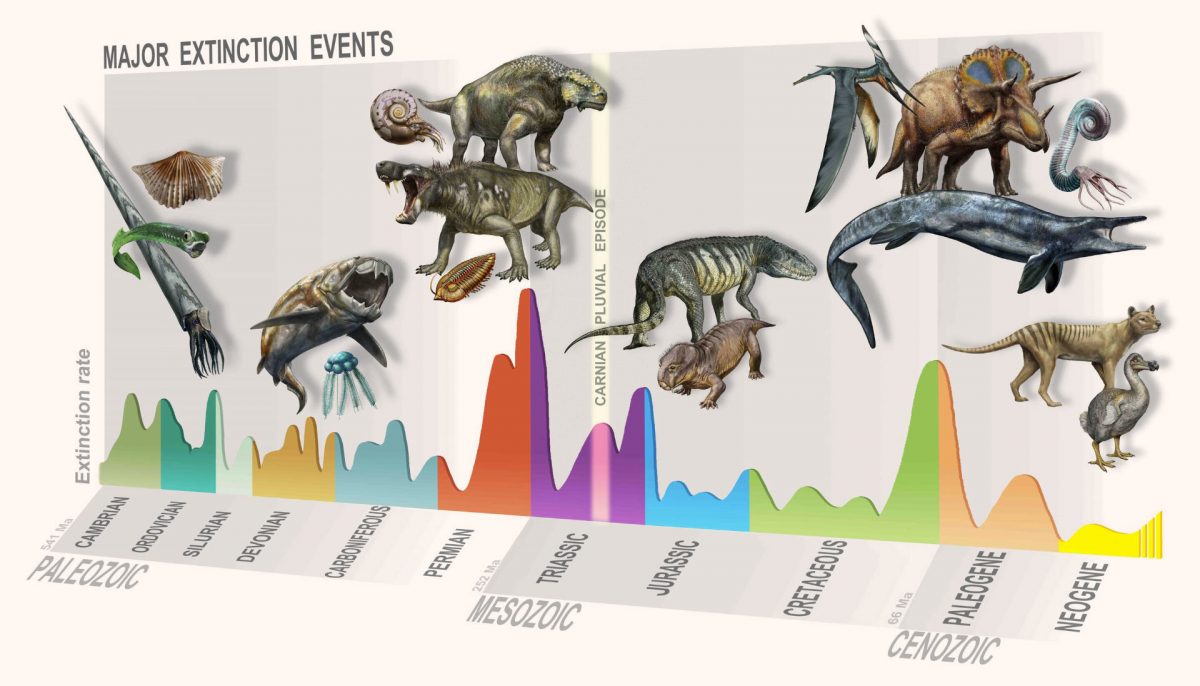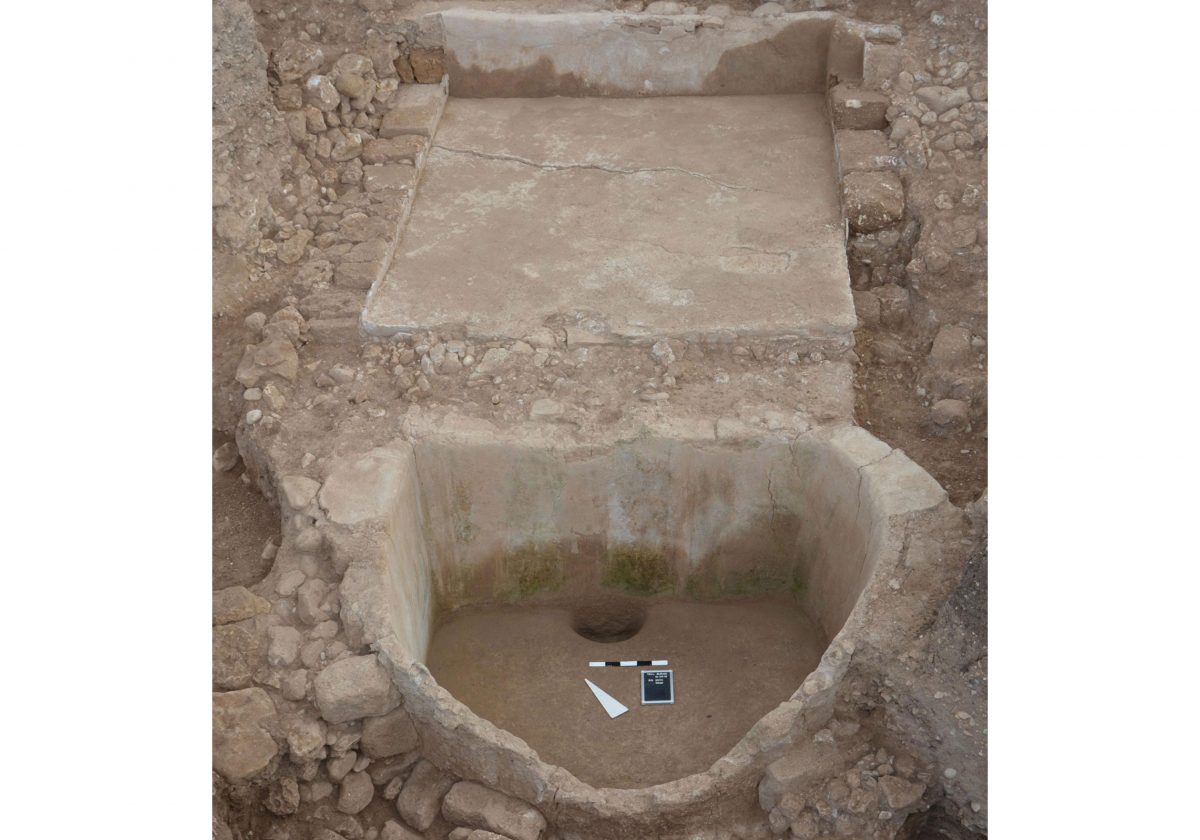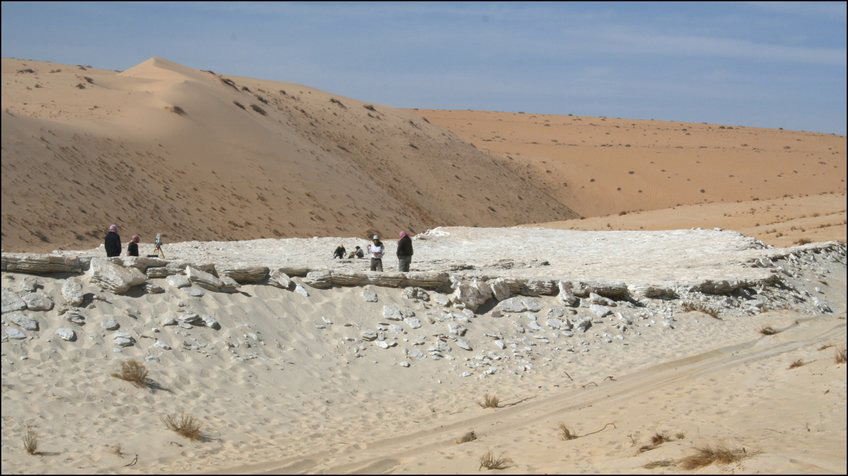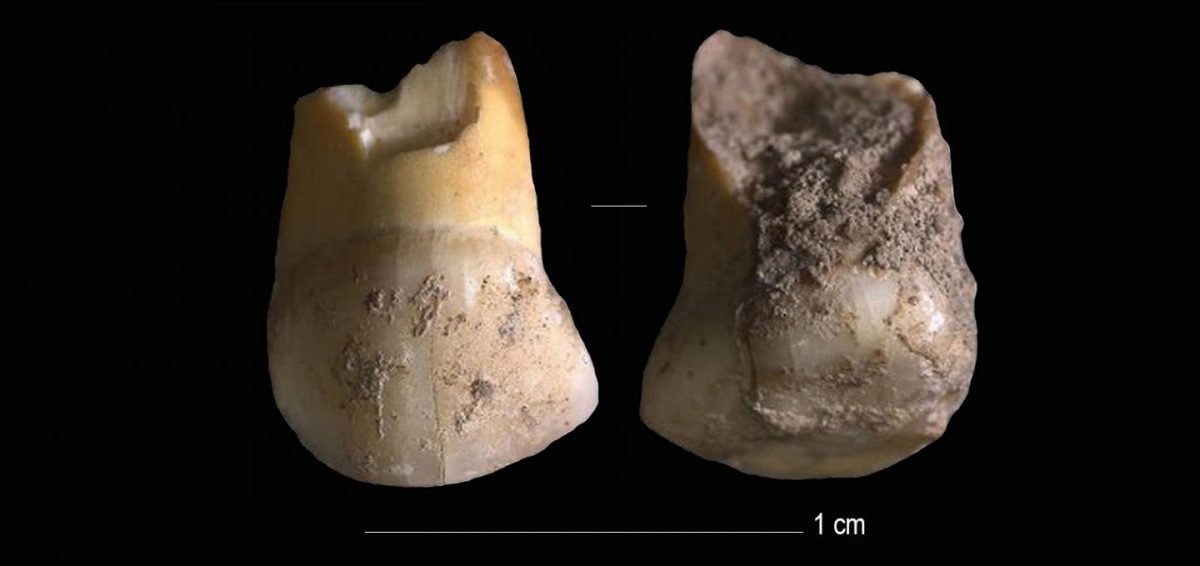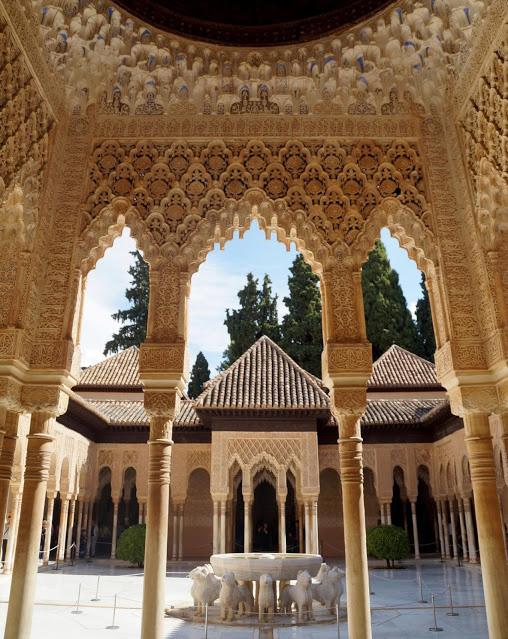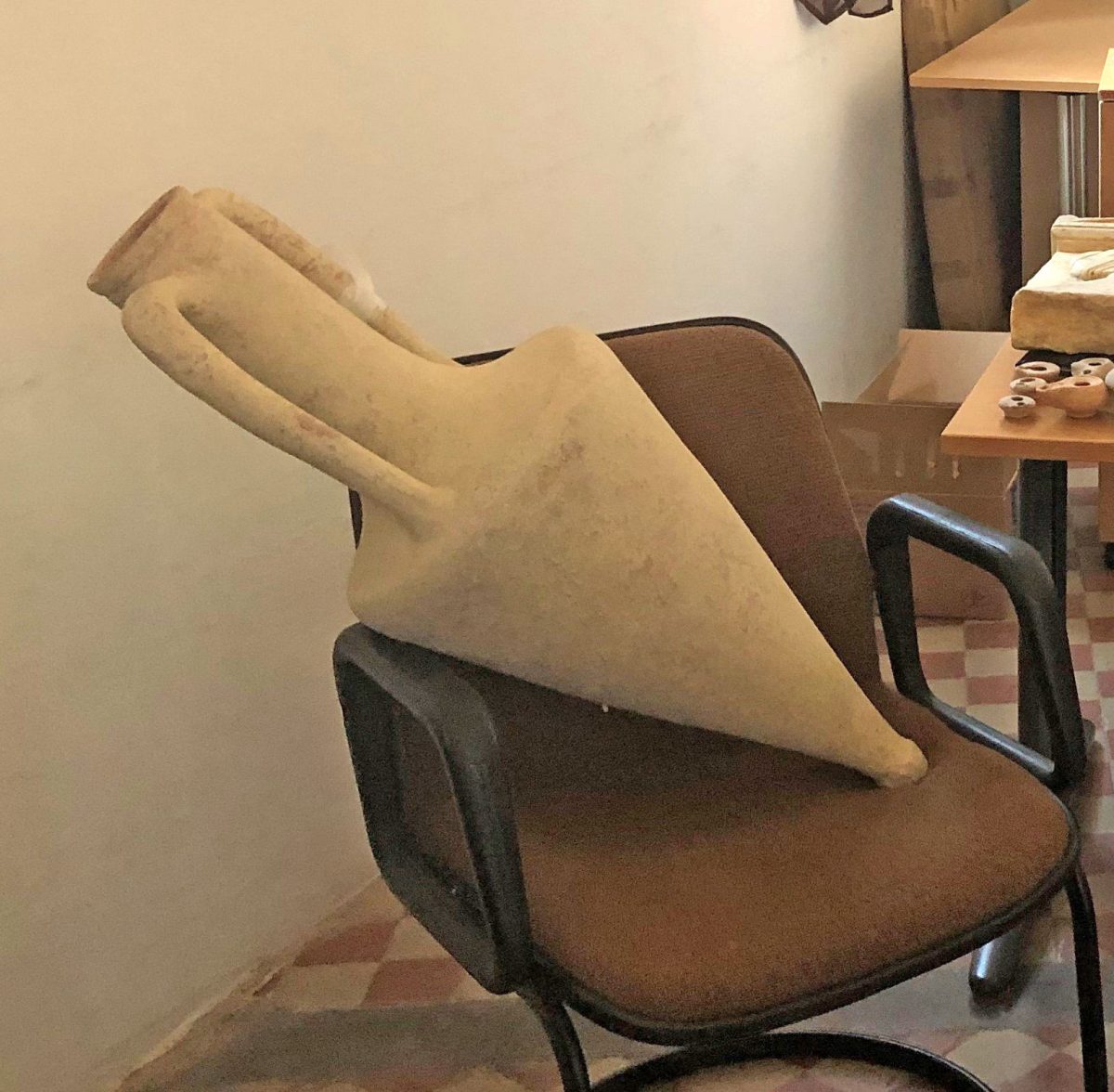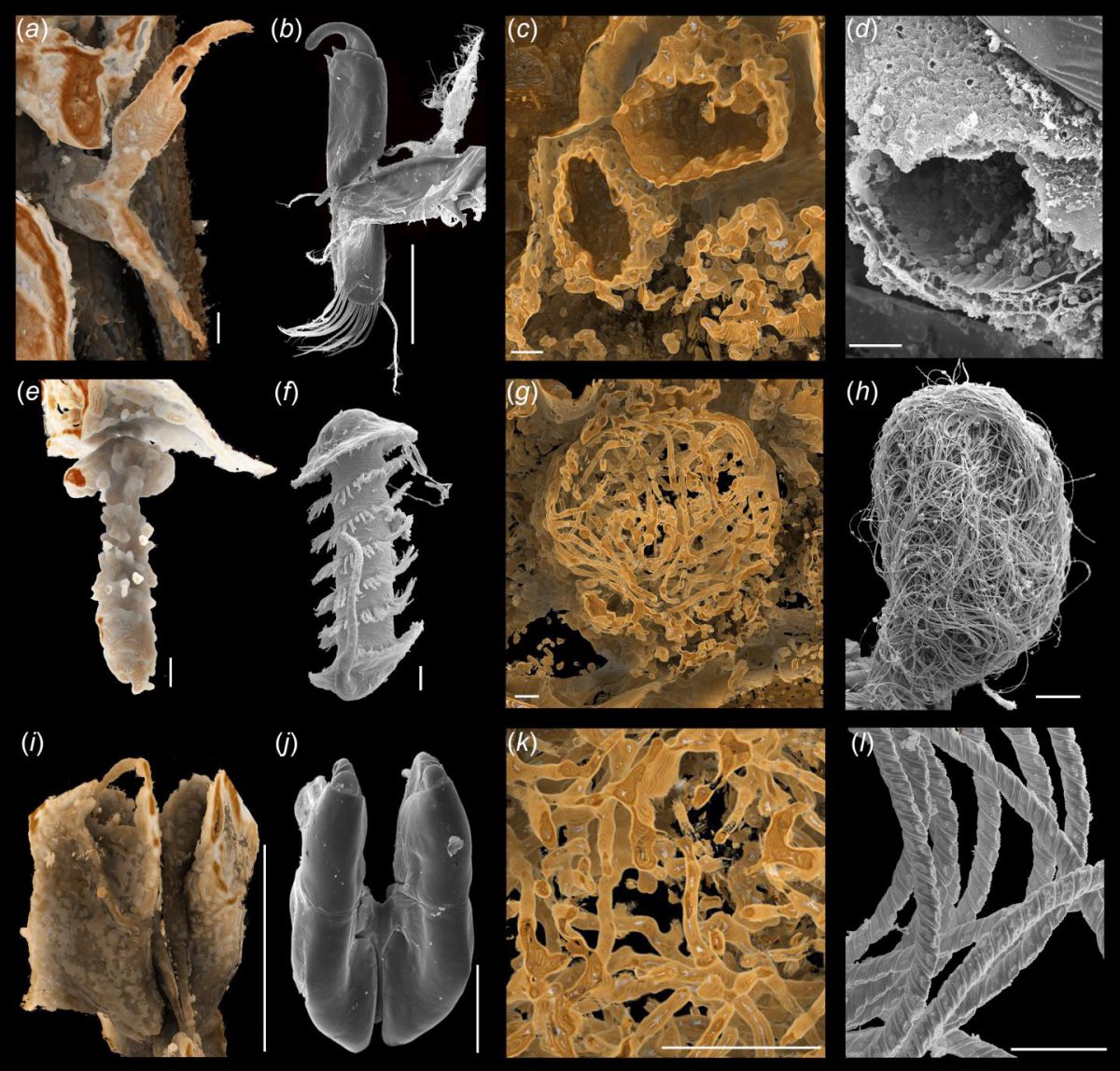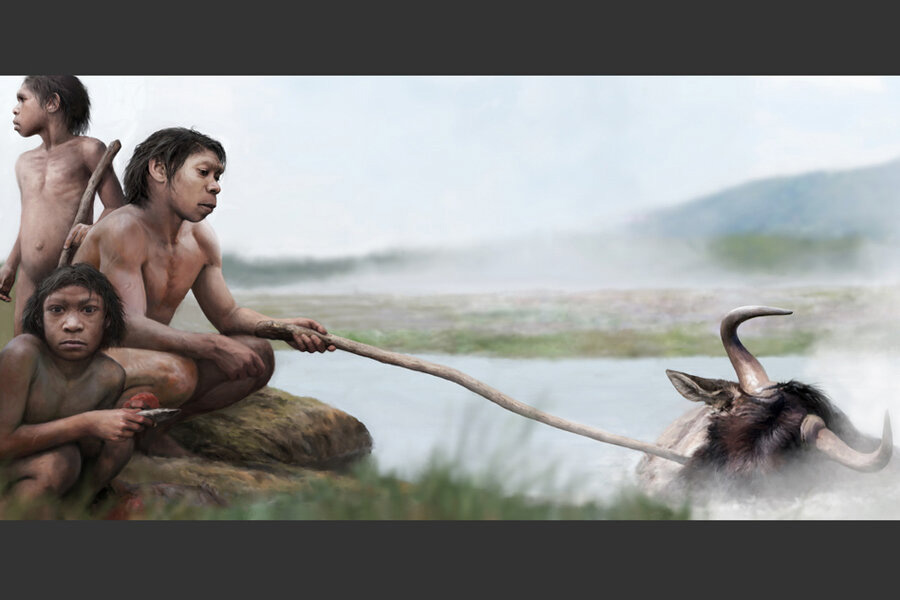Ancient Egyptian mummified infant’s reconstructed face
Researchers in Germany and Austria managed to provide the first scientific report of a facial reconstruction of a mummified Roman-era Egyptian infant that has been compared with its mummy portrait.
Palaeontologists establish Spinosaurus was real life ‘River Monster’
The giant predator made famous by the movie Jurassic Park III as well as the BBC documentary Planet Dinosaur was an enormous river-monster.
The ancient Greeks took advantage of the weather conditions in the naval battle of Salamis
This is shown in a new study by the Research Centre for Atmospheric Physics and Climatology of the Academy of Athens headed by professor Christos Zerefos.
Jaws of Death
Some 92 to 66 million years ago, as the Age of Dinosaurs waned, giant marine lizards called mosasaurs roamed an ocean that covered North America from Utah to Missouri and Texas to the Yukon.
New clues to the Ancient History of the UAE and Oman uncovered
Exciting new details about the prehistory of the UAE and Oman at Bat have come to light at the archaeological site of Bat.
New tours for visitors in the Museum of Cycladic Art
Digital tours of the permanent collections and two new thematic tours: "The Riddle of Keros: Myth or Reality" and "Wine: A gift of the god Dionysus".
Opening of the renovated Historical Museum of Symi
The Historical Museum of Symi, located in the Chorio district of the town of Symi, is a complex of eight buildings with their courtyards and gardens.
Chromium steel was first made in ancient Persia
Chromium steel — similar to what we know today as tool steel — was first made in Persia, nearly a millennium earlier than experts previously thought, according to a new study led by UCL researchers.
Wild birds as offerings to the Egyptian gods
Millions of ibis and birds of prey mummies, sacrificed to the Egyptian gods Horus, Ra or Thoth, have been discovered in the necropolises of the Nile Valley.
Archaeology uncovers infectious disease spread 4000 years ago
New bioarchaeology research from a University of Otago PhD candidate has shown how infectious diseases may have spread 4000 years ago, while highlighting the dangers of letting such diseases run rife.
Newly-described fossils reveal an ancient origin for New Zealand penguins
Researchers have analyzed fossil bones from an ancient penguin discovered in coastal Taranaki in the North Island of New Zealand.
Sea ice triggered the Little Ice Age
A new study finds a trigger for the Little Ice Age that cooled Europe from the 1300s through mid-1800s, and supports surprising model results.
Raids and bloody rituals among ancient steppe nomads
Ancient historiographers described steppe nomads as violent people dedicated to warfare and plundering.
Discovery of a new mass extinction
It’s not often a new mass extinction is identified; after all, such events were so devastating they really stand out in the fossil record.
The first Iron Age wine press in Lebanon found in Tell el-Burak
Archaeometric analyses on its plaster confirm local and innovative tradition of plaster production in southern Phoenicia.
Human footprints give glimpse of Arabian ecology 120000 years ago
New archaeological research presents the oldest securely dated evidence for humans in Arabia.
A 48,000 years old tooth of one of the last Neanderthals in Northern Italy
A milk-tooth found in the vicinity of “Riparo del Broion” on the Berici Hills in the Veneto region bears evidence of one of the last Neanderthals in Italy.
Unknown details identified in the lions’ courtyard at the Alhambra
In order to better understand and facilitate the conservation of these fourteenth-century architectural elements, following a review of numerous repairs performed over the intervening centuries, a novel methodology was followed.
Giannis Gaitis – The Crowd and Loneliness
The Larissa Municipal Gallery – G.I Katsigra Museum opens on Saturday, October 10, 2020 with an exhibition of works by Giannis Gaitis.
Paleontology: The oldest known sperm cells
Specimens of a minuscule crustacean that dates back to the Cretaceous, conserved in samples of amber from Myanmar, discovered.
The Vikings weren’t all Scandinavian
Invaders, pirates, warriors - the history books taught us that Vikings were brutal predators who travelled by sea from Scandinavia to pillage and raid their way across Europe and beyond.
Valuable archaeological artefacts were confiscated on Rhodes
The upper part of a marble tombstone in relief, 81 ancient artefacts and 47 coins.
100-million-year-old amber reveals sexual intercourse of ostracods
Researchers presented exceptionally well-preserved ostracods with soft parts (appendages and reproductive organs) from mid-Cretaceous Myanmar amber (~100 million years old), which revealed sexual intercourse of ostracods.
Did our early ancestors boil their food in hot springs?
Team has discovered evidence that hot springs may have existed in Olduvai Gorge around that time, near early human archaeological sites.

